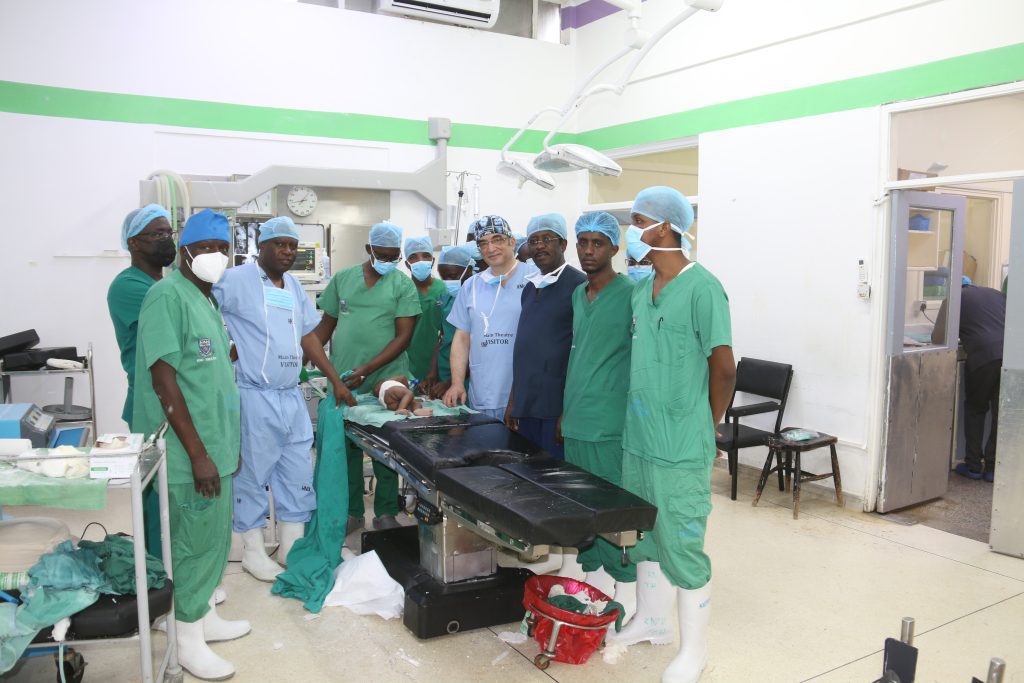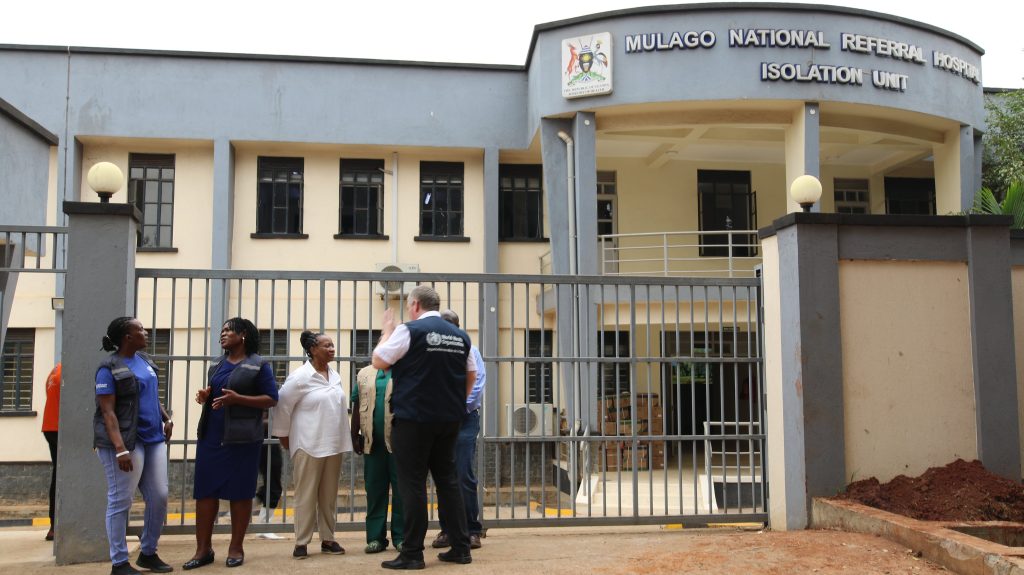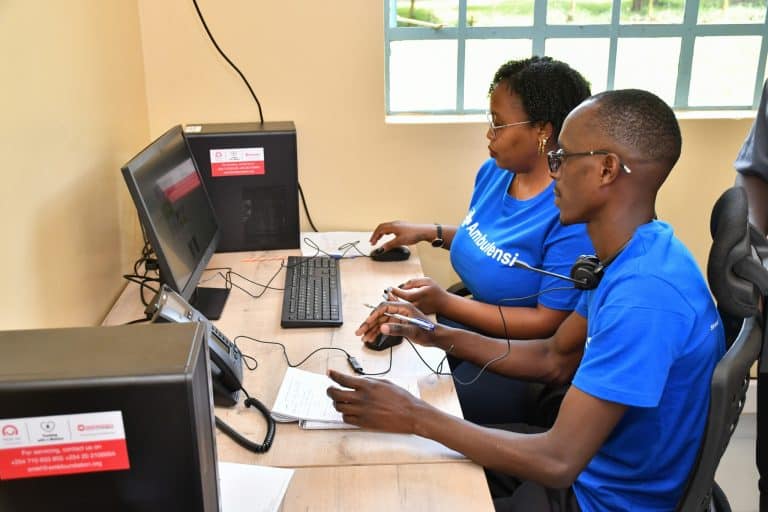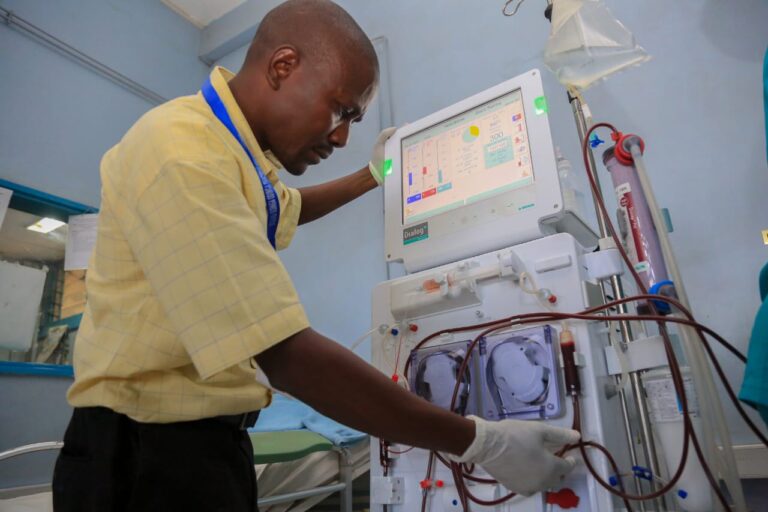Drowning in Data? Hospital Management Software that Shows the Way
Drowning in Data
Hospitals don’t suffer from a shortage of data; they drown in it. The real problem is like trying to fly a plane where every system is on a screen. More dials won’t solve the problem. That’s why you need a hospital management software that brings the most critical information into a single, clear view.
Even in hospitals with modern systems, information often exists in pockets or is hard to reconcile quickly. According to a recent AHB concept note, health data systems in Africa are often fragmented, causing inefficiencies and limiting seamless data sharing across platforms. A doctor may have patient data in one view, lab results in another. Billing or inventory information somewhere else. The challenge isn’t the absence of data – it’s turning that data into a single, clear picture that leadership and staff can act on immediately.

The Challenge Today
Hospitals have made progress in digitization, but operational gaps remain. Amos Ndhere, CMO of ACE Research, notes that 83% of patients report having to re-explain information at every new appointment – a sign of persistent operational gaps despite digitization. Systems may cover specific areas well, yet real-time integration and visibility across departments is often limited. Decisions can be slowed by fragmented insights
A mid-sized hospital might see 5–10% of potential revenue delayed due to reconciliation gaps, from patient care updates to inventory alerts and billing reports.
For example, a mid-sized hospital may face delays in spotting low-stock medicines or reconciling pending invoices – not because the data isn’t captured, but because it isn’t instantly visible in one place. Staff spend time navigating multiple interfaces or waiting for reports, creating inefficiencies and missed opportunities. The hospital has plenty of data – but not always the clarity needed to act quickly and confidently.

Hidden Costs of Disconnects
Patient Care
Even with electronic health records, delays happen. Lab results may be entered but not immediately visible to the attending physician. Follow-ups might get scheduled in one system while reminders go out in another. That’s how gaps emerge. And suddenly, care doesn’t flow as smoothly as it should.
In one study, more than three-quarters of HIV viral load tests in Ethiopia and nearly 70% of infant diagnosis results exceeded the target turnaround time. Similarly, an Australian review found that failures in test follow-up contributed to 11% of clinical incidents leading to patient death and 32% of incidents with major consequences.
A delayed test result can postpone treatment, putting patient care at risk – that data’s there, but it’s not helping when it counts.
Q: What happens if a test result is missed?
A delayed alert can mean a patient’s treatment plan is postponed. Care team time gets wasted and hospital resources are drained. Staff scramble to respond – piling on pressure and workload for care providers, with potential risks to patient health.
Example: Consider a scenario where a patient is discharged without a flagged abnormal lab result. The care team only spots it during a follow-up call. Now it’s an urgent correction – stressful for staff, unsettling for patients, and entirely avoidable if the systems talked to each other in real time.
Importantly: without real-time visibility, even the best clinicians risk delays that affect patient outcomes.

Billing
Mistakes in billing are more common than most hospitals would like to admit. A small slip might not look serious on its own. A wrong or missing diagnosis code, a late entry, or a delayed invoice. These could all be honest mistakes. But over time, those slips add up and squeeze the hospital’s cash flow. A study in Kenyan public hospitals found that partial adoption of electronic billing caused inefficiencies. Fully implemented electronic billing, however, can improve service delivery and reduce delays.
Q: How much revenue is slipping through the cracks?
For many facilities, the figure is quite significant. Missed diagnosis codes and slow claims can drain 5–10% of expected revenue. Finance staff spend hours re-checking bills line by line, chasing errors only after they’ve already slowed things down.
Example: Picture a patient billed twice for the same procedure. Fixing the mistake costs staff time, delays reimbursement, and leaves the patient frustrated. Now imagine that error repeated across hundreds of cases. The financial drain is hard to ignore – along with the hit to patient trust.
In short: Without a clear, connected system, billing errors aren’t just mistakes. They’re lost revenue.
Inventory
When stock runs short, whether it’s a key reagent or a vital prescription drug, care stalls and patients feel the impact.
Q: Can overstock be just as bad as understock?
Yes. Overstock ties up capital unnecessarily, and medicines may expire before they’re ever used. Understock is just as damaging, leaving patients waiting in front of empty shelves – sometimes in critical moments. Without a connected view of inventory, staff often reorder late or by mistake, creating waste and stress in equal measure.
When you look closer, inventory gaps aren’t just about supplies on a shelf. They undermine through care, cost, and confidence – all of which hospitals can’t afford to lose.
Compliance
Hospitals face constant audits, regulatory reporting, and quality control checks. Fragmented systems heighten the risk of slipping out of compliance.
Q: What if a key compliance report is delayed?
A single delay or missing file can spark penalties, reputational damage, or even operational restrictions. Picture an audit revealing gaps in vaccination records or billing documentation, which a real-time dashboard and automated alerts could have flagged before they became liabilities.
In compliance, what goes untracked can quickly become costly.

Seeing the Whole Picture of Your Hospital with Hospital Management Software: How MedicentreV3 Helps
Hospitals run on data, but only if it’s accessible, timely, and actionable. MedicentreV3 acts as a command center, an integrated hospital management system that pulls patient care, billing, inventory, and compliance data into one unified platform. No more toggling between systems or waiting for reports to reconcile. Everything a hospital leader or care team needs is right in one place.
Patient Care:
Q: How do staff stay on top of every patient’s case?
Doctors and nurses see test results, follow-ups, and treatment plans in real time. Delayed alerts and missed lab entries are flagged immediately so no patient falls through the cracks.
Billing Made Simple with Hospital Management Software:
Q: Can finance stop chasing errors?
Yes. Finance teams get a single view of claims, invoices, and payments. Mistakes are caught early through a streamlined reconciliation workflow. Duplicate billing or late claims are reduced, keeping revenue flowing and staff from spending hours fixing problems after the fact.
Inventory:
Q: How do hospitals avoid empty shelves or wasted stock?
MedicentreV3 tracks reagents, medications, and essential supplies live. Alerts notify staff before shelves run empty or items expire. This prevents both shortages that stall care and overstock that ties up capital unnecessarily.
Compliance:
Q: How can hospitals stay audit-ready?
Reports for audits, vaccination records, and regulatory submissions are automated, centralized and ensure proactive measures to quality management. Dashboards highlight missing or incomplete data before it becomes a liability, reducing risk and easing administrative pressure.
Picture a day in a hospital using MedicentreV3. The morning handover shows which patients need urgent follow-ups. The pharmacy team knows exactly what is low or expiring. Finance sees any pending claims that need attention. Leadership has a clear snapshot of overall operational health. All of this happens without chasing spreadsheets or juggling multiple systems.

Seeing, Saving, Simplifying: MedicentreV3’s Edge
Operational Visibility
Q: How can leadership stay ahead of problems before they escalate?
MedicentreV3 makes it simple. Real-time insights bring patient care, billing, inventory, and compliance data into one place, giving hospital leadership operational visibility in real time. Leaders can spot issues before they escalate and make informed decisions, instead of guessing or waiting for reports.
As leadership gains clarity, hospital teams benefit too. Workflows run more smoothly, and staff spend less time chasing information. Imagine spotting an overdue lab order before it delays treatment, or catching a billing discrepancy before it snowballs. With a centralized view, blind spots shrink and decisions are based on facts, rather than guesswork.
With blind spots reduced, hospital teams can act faster and more efficiently, freeing up time for the tasks that truly matter.
Streamline Workflows
Q: How can hospital teams get more done without working longer hours?
Time is always tight in hospitals. MedicentreV3 brings information together so staff don’t waste energy jumping between systems. Clinicians see lab results and patient charts in one view. Finance staff can reconcile claims without flipping between spreadsheets.
One mid-sized hospital team reported saving hours each week just by letting alerts and dashboards highlight what truly needed attention. Collaboration improves naturally because everyone works from the same live data, reducing errors and easing stress.
And when all this information comes together on a single platform, the hospital operates seamlessly, with fewer errors and less frustration.
One-Stop-Shop Solution
Q: Why juggle multiple systems when one can do it all?
Switching between tools drains time and energy. MedicentreV3 integrates departments into a single platform. Staff no longer need to log in to several systems to get the job done. Everything from patient care to billing, inventory, and compliance is accessible in one place.
Leadership sees the hospital’s operational picture clearly at a glance. Fewer errors, quicker responses, and less frustration for care teams mean everyone can concentrate on what matters most: delivering quality care. One platform. One reliable source of truth.
Together, real-time insights, smoother workflows, and a unified platform help hospitals see clearly, act efficiently, and simplify operations. This makes daily work easier for everyone, from clinicians to administrators.

What Hospital Teams Gain with MedicentreV3
-
See Everything at a Glance: Patient care, billing, inventory, and compliance all show up on one dashboard. No more flipping between systems or chasing missing information.
-
Spot Issues Before They Become Problems: Real-time alerts and insights help teams act quickly. Staff can make informed decisions with up-to-date information at their fingertips.
-
Save Time and Reduce Stress: Workflows run more smoothly. Mistakes happen less often. Teams stay coordinated. Staff can focus on caring for patients instead of getting bogged down in paperwork.
-
Simplify Daily Operations: One platform provides a single source of truth. From clinicians to finance and administration, everyone works from the same live data.
Quick Insight: Hospitals using integrated systems like MedicentreV3 that include on-demand dashboards save hours each week and report better coordination across departments. Small improvements make a big difference in daily operations.
Running a hospital is complex, and every moment counts. MedicentreV3 gives you real-time insights across patient care, billing, inventory, and compliance, helping teams spot issues before they escalate. Workflows run more smoothly, errors happen less often, and everyone works from the same live data. With a single integrated platform, staff and leadership can focus on what truly matters: delivering quality care.
Curious to see it in action? Book a quick demo and find out how MedicentreV3, a leading hospital management system, can boost visibility, simplify workflows, and bring your hospital operations together in one place.








